nikko, one thousand samurai procession, tokugawa ieyasu
The One Thousand Samurai Procession in Nikko
James Lau
Posted on June 20, 2023
Share:
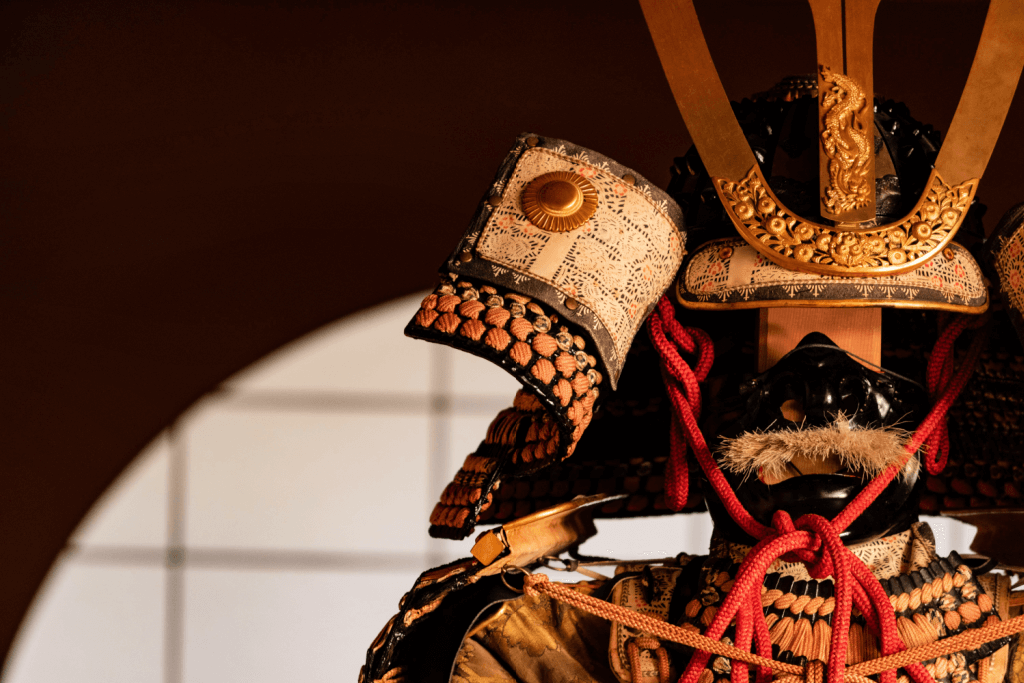
Step into the past and witness a fantastic event at Nikko Toshogu Shrine in Japan. It’s not your average festival—the One Thousand Samurai Procession. At this solemn gathering, one thousand individuals dress as samurai and faithfully recreate the funeral procession of Ieyasu Tokugawa, an important figure in Japanese history.
The Historical Setting of Nikko Toshogu Shrine
In Tochigi Prefecture, Nikko Toshogu Shrine is in the lovely city of Nikko. It holds great importance in Japanese history and culture. This remarkable shrine is known for its beauty and intricate design, making it one of Japan’s most splendid shrines.
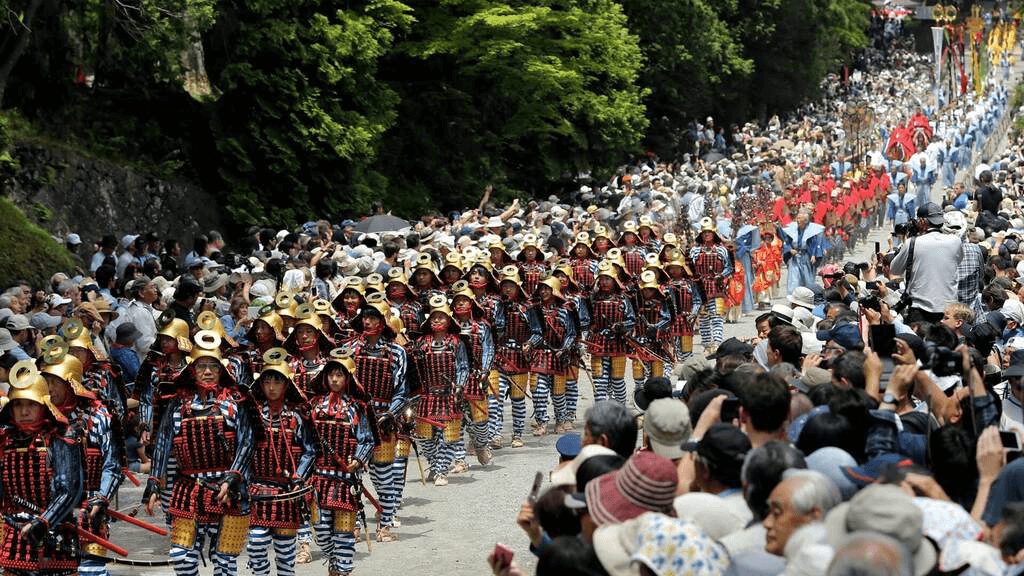
It has even received recognition as a UNESCO World Heritage site. Construction of the shrine began in the early 17th century to honor and safeguard the remains of Ieyasu Tokugawa. He was an influential leader who became the very first shogun of the Tokugawa Shogunate.
What sets Nikko Toshogu Shrine apart is its blend of Shinto and Buddhist architectural styles. The shrine has intricate wood carvings, vibrant colors, and stunning decorations that capture your attention. One of its most unique elements is the main gate known as Yomeimon.
What makes Nikko Toshogu Shrine beautiful?
This gate is breathtaking with its awe-inspiring design and carvings. It has intricate artwork depicting mythical creatures, legendary figures, and symbolic patterns. Nikko Toshogu Shrine displays the exceptional craftsmanship of talented artisans. Every detail reflects their dedication and skill in creating this masterpiece.
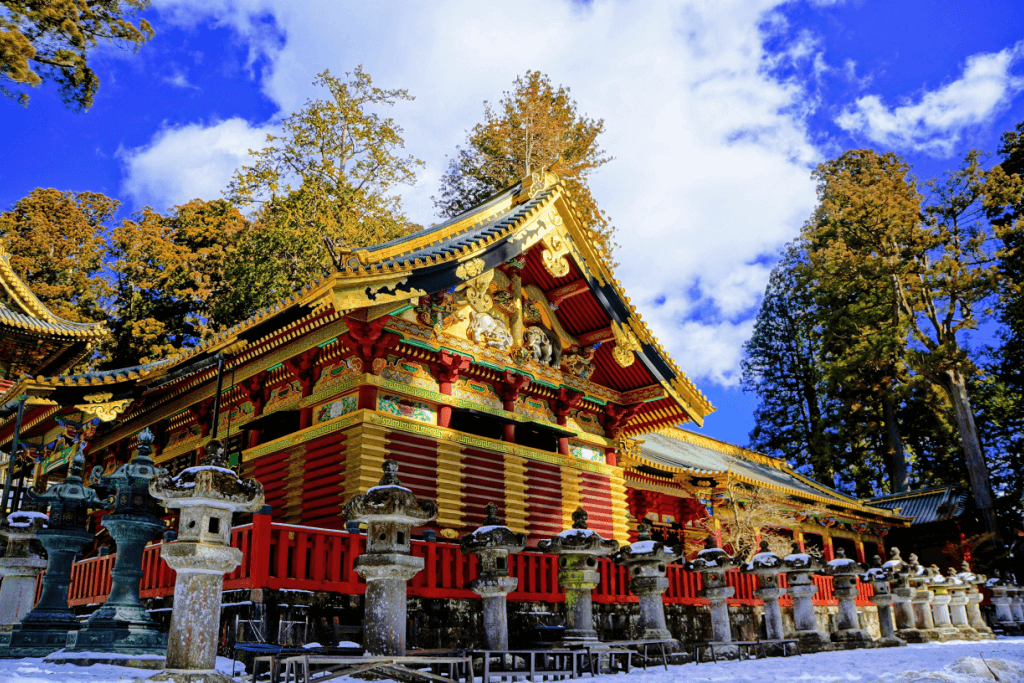
Nikko Toshogu Shrine is picturesque, embraced by breathtaking forests and majestic mountains. It offers a serene and enchanting experience to all who visit. The shrine is surrounded by pristine nature, enhancing its allure and creating a serene atmosphere. Approaching the shrine evokes respect and admiration as if glimpsing its significant historical value.
Honoring Ieyasu Tokugawa’s Funeral Procession
The One Thousand Samurai Procession celebrates the life of Tokugawa Ieyasu, an influential leader who was vital during the Edo period. He successfully unified Japan, ending the country’s long period of civil war. Under his rule, Japan experienced stability, economic growth, and cultural development.
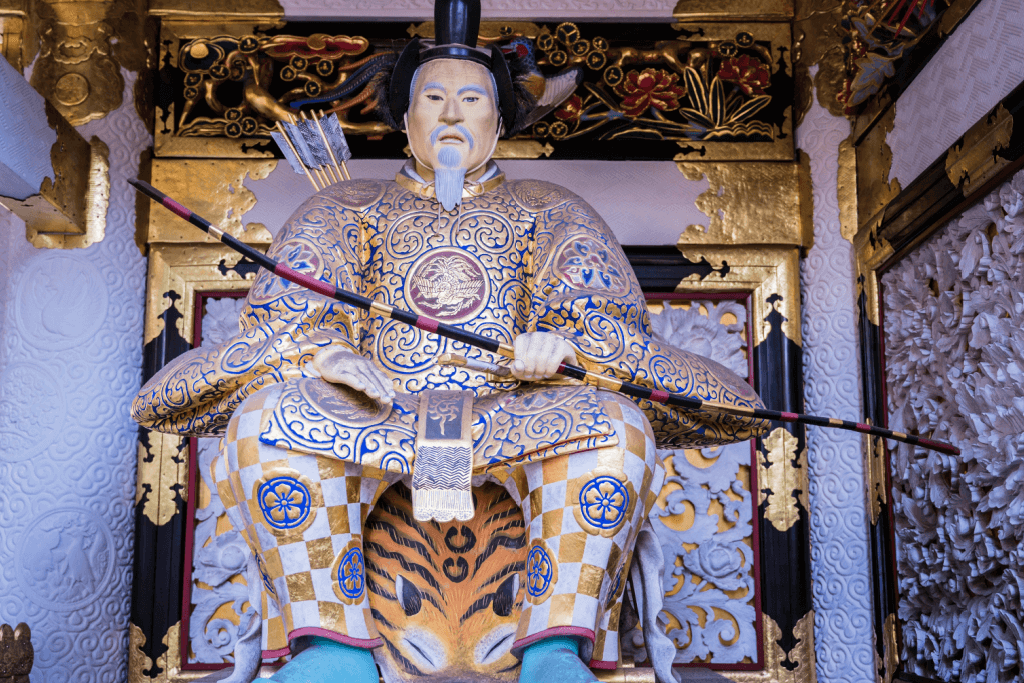
The One Thousand Samurai Procession commemorates the arrival of Tokugawa Ieyasu’s remains at the Nikko Toshogu Shrine. After passing in 1616, his remains initially rested at Kunozan Toshogu Shrine in Shizuoka. However, in 1617, as per his final wishes, his remains were transferred to Nikko Toshogu Shrine as he wished to be remembered as a guardian deity.
Recreating the Gathering of One Thousand Samurai
Focusing on detail in recreating the gathering of one thousand samurai warriors demonstrates a deep respect for history. The participants put in tremendous effort to prepare for the procession, ensuring that every aspect reflects the authenticity of the samurai era.
They proudly wear elaborate armor (yoroi), intricately designed helmets (kabuto), and finely crafted weapons. As a result, this attention to detail creates a visually striking spectacle that transports onlookers back to a time characterized by honor, bravery, and skill.
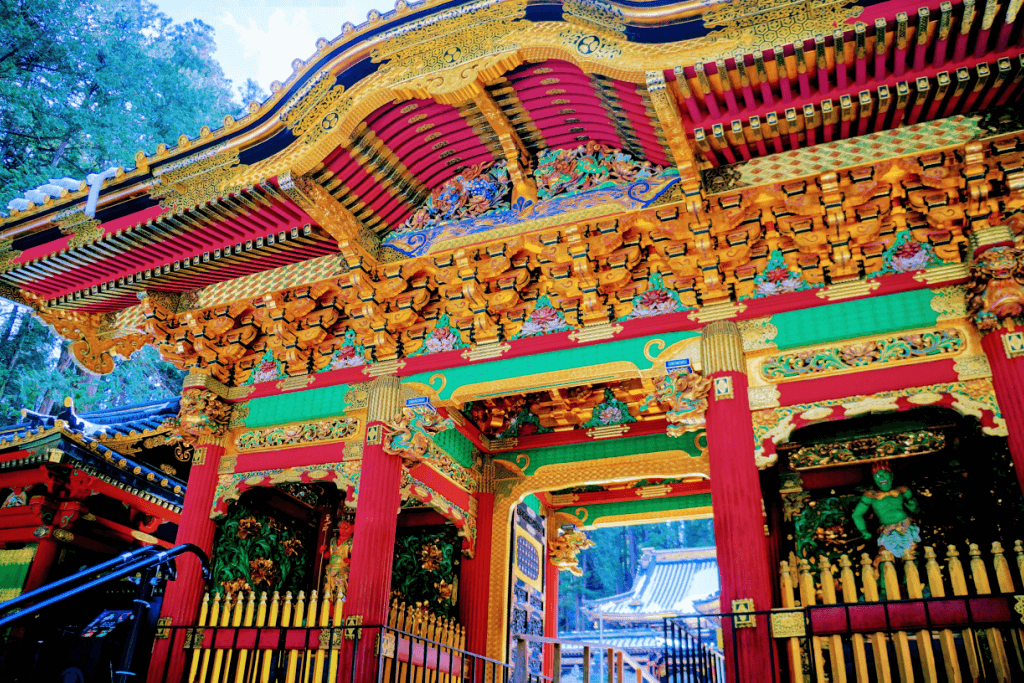
Are you looking to experience even more of traditional Japan? Check out Sakuraco! Sakuraco delivers traditional Japanese snacks, teas, sweets, and snacks from local Japanese makers directly to your door so you can share more of Japan’s rich culture.
The Path Taken: Tracing the Footsteps of History
The path taken during the 1000 Samurai Procession upholds the event’s authenticity and historical accuracy. It follows the exact route of the original Ieyasu Tokugawa’s remains procession. As the procession moves through the streets of Nikko, it also retraces the footsteps of the past, bringing to life the majestic atmosphere of the samurai era.
The journey commences at Futarasan Shrine, situated near Nikko’s main street. This sacred location adds an undoubtedly spiritual vibe to the gathering, setting the stage for the participants to gather and ready themselves for the grand occasion. With unwavering determination, they dress in their samurai attire, attending to the final details before commencing their solemn journey.
From Futarasan Shrine, the procession embarks on a designated route that also winds its way through the historic streets of Nikko. While the exact path may vary slightly each year, it consistently includes essential landmarks and places of historical significance.
What are some memorable moments during the One Thousand Samurai Procession?
Once the procession reaches Nikko Toshogu Shrine, the participants conclude their journey with a demonstration of unity and respect. Gathered in front of the revered shrine halls, participants reflect and express gratitude. They honor the legacy of Ieyasu Tokugawa. Moreover, the passion and dedication of the participants create a powerful experience. It reminds onlookers of the significance of preserving Japan’s samurai heritage.
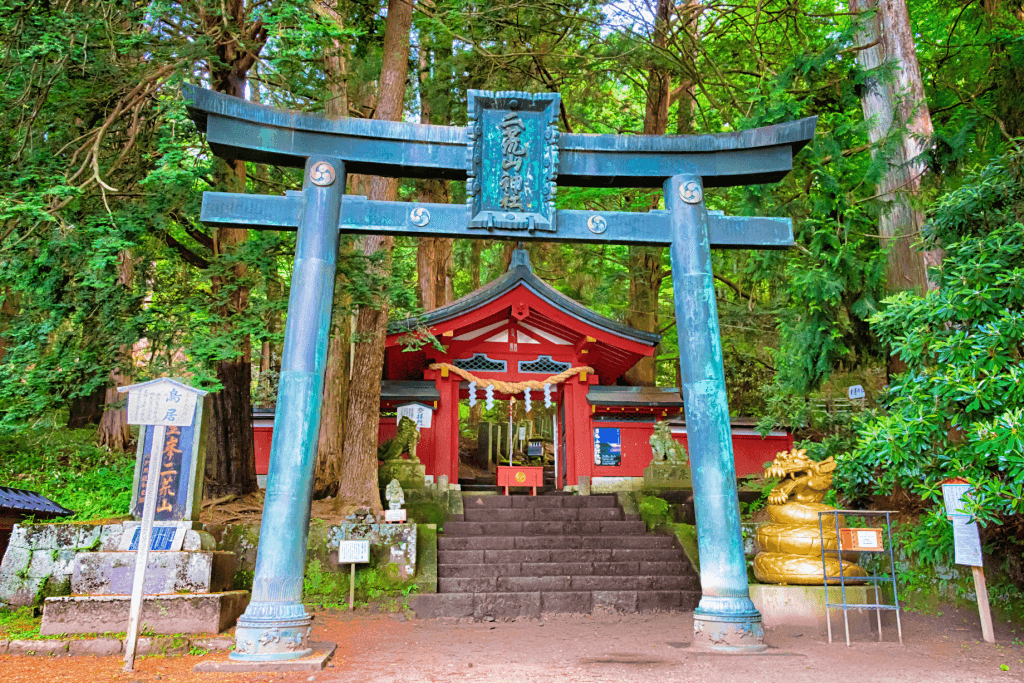
By following the path of the 1000 Samurai Procession, both participants and spectators embark on a voyage through time. In like manner, the carefully selected route, infused with historical meaning, adds depth and authenticity to the event. It enables everyone involved to fully immerse themselves in the spirit of the samurai era, fostering an undeniably profound appreciation for the traditions and cultural values of Japan’s past.
Activities and Traditions of the One Thousand Samurai Procession
The 1000 Samurai Procession at Nikko Toshogu Shrine incorporates a series of solemn rituals. Participants, representing various ranks and roles within the samurai hierarchy, march together in perfect harmony, their synchronized march resounding through the streets of Nikko. Additionally, those carrying banners and flags with the Tokugawa family crest lead the procession, symbolizing the noble lineage and authority.
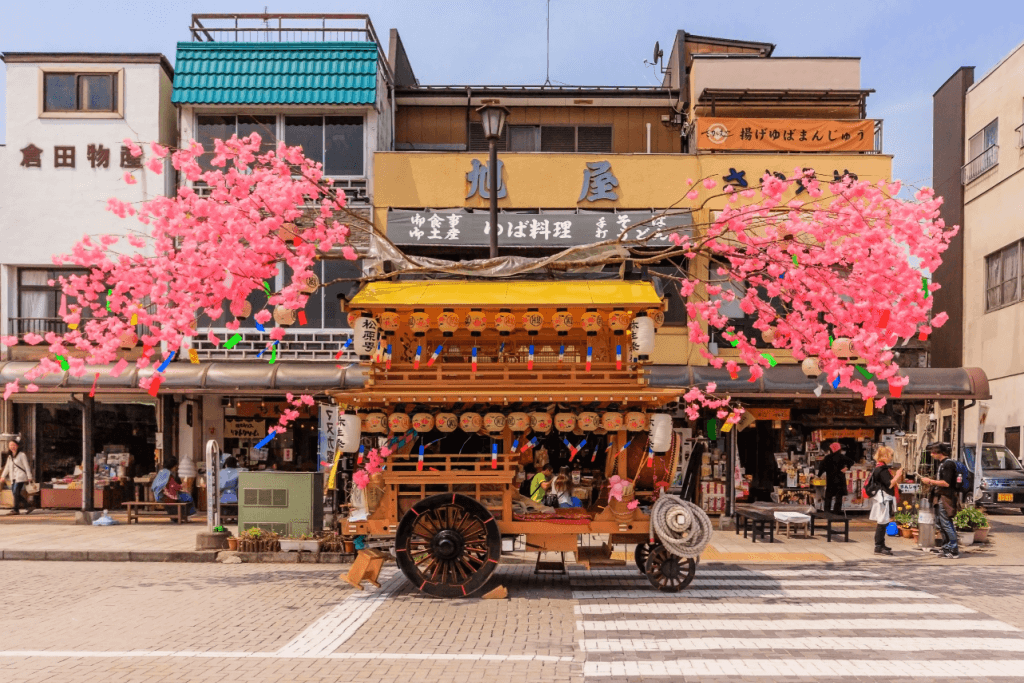
Overall, this remarkable event is not simply a reenactment; it is a captivating journey that retraces the footsteps of history. From the initial gathering at Futarasan Shrine to the grand finale at Toshogu Shrine, the procession follows a curated route that replicates the funeral procession of Ieyasu Tokugawa. With every step, the participants eventually breathe life into the samurai era, evoking a sense of awe and respect for Japan’s rich cultural heritage.
Not to mention, the procession weaves through the historic streets of Nikko, and the atmosphere becomes infused with reverence and admiration. Both spectators and participants witness the power of tradition, the beauty of historical accuracy, and the legacy of the samurai. The path taken during the procession is a symbolic link to Japan’s past, a reminder of the values, honor, and unwavering spirit that defined the samurai era.

Overall, this event allows you to immerse yourself in the captivating world of the samurai and experience the solemn beauty of the 1000 Samurai Procession at Nikko Toshogu Shrine. It allows you to transcend time, igniting appreciation for Japan’s extraordinary cultural heritage. Have you ever seen the 1000 Samurai Procession? Have you ever participated in it? Let us know in the comments below!

Discover authentic flavors with Sakuraco
Get Sakuraco 

Discover authentic flavors with Sakuraco
Get Sakuraco 
Related Articles

Ebisu: The Cheerful Guardian of Luck and Prosperity
Religion in Japan involves a dizzying array of spirits and beings. These gods are inspired by ancient tales and used to symbolize nature’s bounty. However, they also profoundly impact daily life and are often sought out for help in challenging times

Little New Year in Japan: Discovering Koshogatsu Traditions
When people think of the Japanese New Year, they typically associate it with January 1st. It’s a time for celebrations, family, special foods, and visits to shrines for hatsumode (first prayer of the year).

Hatsumode: Why Is It Japan’s Most Important Tradition?
Hatsumode is the first visit to a shrine or temple in the New Year in Japan, and it is one of the country’s most important traditions. Every year, millions of people participate, demonstrating the profound connection between this custom and daily life.

Japanese Fish Bait: The Beautiful Art of Kebari
Kebari are traditional hand-tied flies used for freshwater fishing in Japan, especially in mountain streams where small insects form the main diet of native fish. Instead of bright plastic lures, kebari use feathers, thread, and natural materials to create subtle movements in the water.



